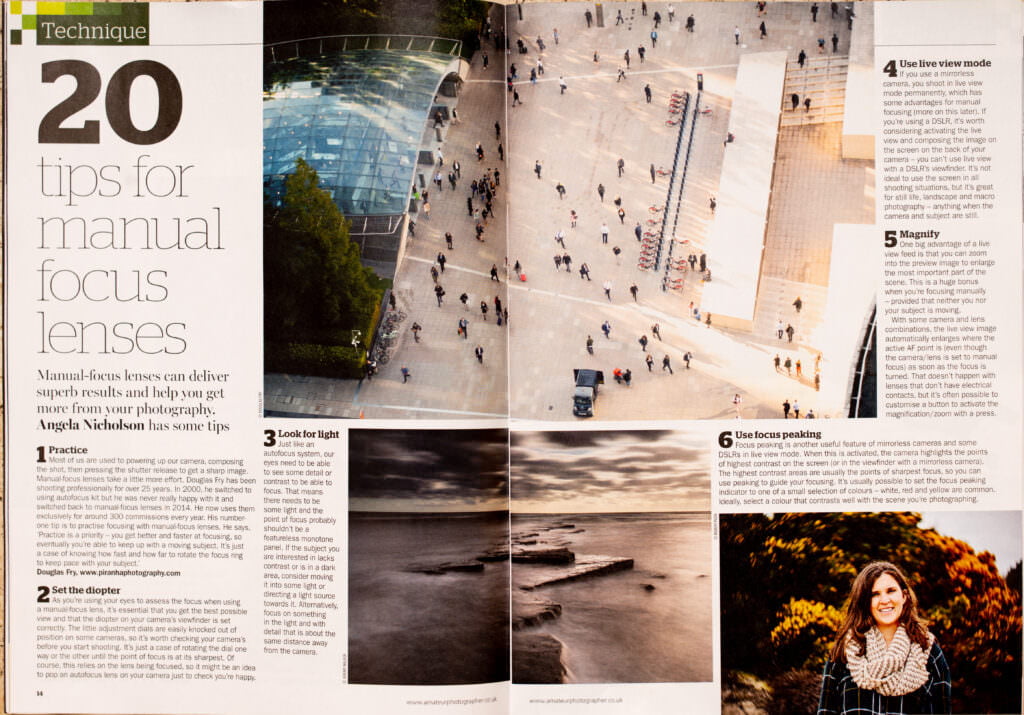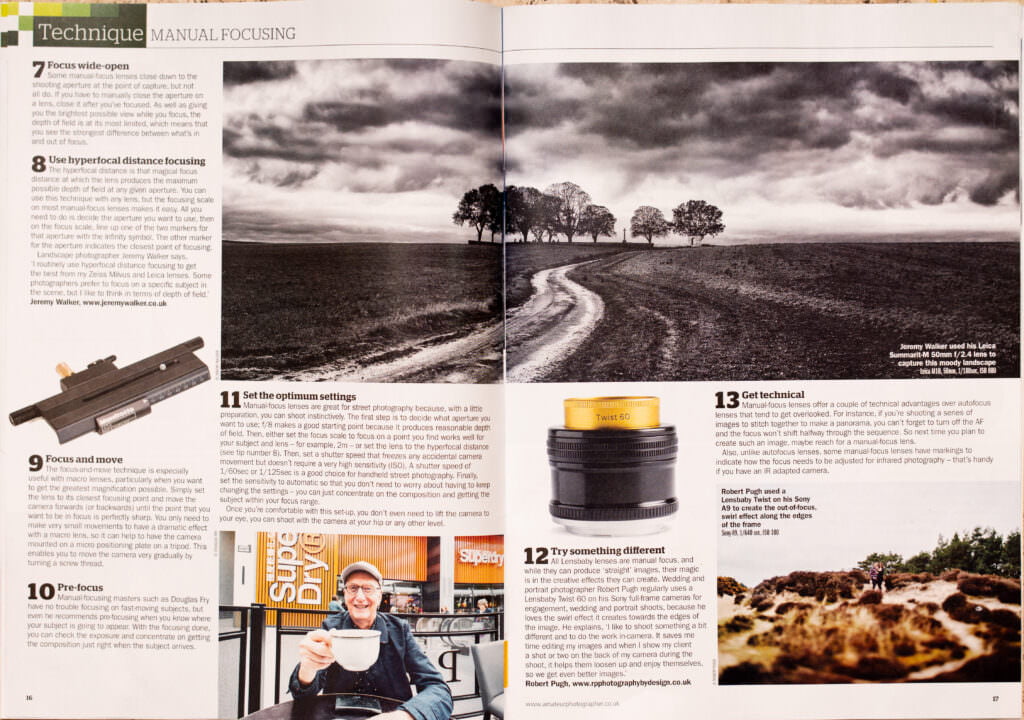
CEO of Kingfisher Group at B&Q for The Times newspaper
Learning Your Craft is the Key to Great Photography
The benefit of manual focus lenses
When I rub shoulders at press conferences and events with other professional photographers, they often look at me askance when they see me using manual focus lenses.
Their attitude is one of why bother when modern day autofocus is so well accepted. It’s only when my fellow pros ask to see my pictures and can compare results that the benefits of manual focus are so immediately and obviously apparent.
Using a manual lens, and my preference is Leica, my images have brighter and truer colours, and their excellent contrast and greater clarity produce an almost 3D look. In poor or poorer light, the outperformance of manual lenses is even more impressive. I can shoot in almost near darkness or foggy conditions while an autofocus lens will be forever ‘hunting’ in low light for the shot but never finding it.

Fergus Campbell at Gumtree
The high quality of photographs taken using a manual lens
For our clients, for whom time is money, it doesn’t mean I am any slower getting the shots I need when on corporate photoshoots. When I returned to manual lenses about ten years ago after a brief flirtation with autofocus, it took me less than a month to get my dexterity and judgement up to speed. I can focus a manual lens in fractions of a second, and the person being photographed is almost certainly unaware that I’m not using autofocus.
I have the great satisfaction of clients loving my pictures and being kind enough to let me know. Not everyone enjoys having their picture taken, but the experience is made a lot more palatable if subjects like the results.
In fact, the images taken on a manual lens are so good that many national newspaper picture desks have called clients to comment on their quality. Even the esteemed Magnum Photo Agency said the same during a portfolio review I attended last year.

Office photography for RELX
Manual Leica lenses are small and unthreatening
With a manual Leica lens, each shot receives the thought and consideration it deserves, rather than point, shoot and hope from an autofocus. I liken it to the difference between a stylish, skilled boxer who choses each punch carefully and doesn’t waste his energy, versus the thrashing swinger who hopes he gets lucky with a haymaker.
Using a manual is about learning one’s craft properly. I think my approach will resonate with any company director or senior manager who has built their career on experience and commitment to excellence, especially those who started on the shop floor and worked their way up.
And lastly, if you are commissioning photography, manual lenses are popular with people on the receiving end. Because these lenses are small and unthreatening, subjects don’t tense up in the same way they do when a huge lens is pointed in their face, which is another factor in getting great results.
Amateur Photographer magazine – manual focus lens feature
I was recently interviewed by Amateur Photographer Magazine to discuss the use of manual focus lenses for professional photography. The final article was published on 12th December and featured a number of my photographs and points the journalist and I discussed. The theme of the article was ’20 tips for manual focus lenses’ – Manual-focus lenses can deliver superb results and help you get more from your photography.


- About the Author
- Latest Posts
Professional corporate photographer, providing company headshot photography and video for businesses in London, the rest of the UK and Europe. Piranha are commissioned by FTSE100 companies and start-ups alike, for numerous projects, covering a wide range of work and styles. Portraits and office photography for use on websites, events coverage and PR shots for press and publications, as well as Board and location photography for annual reports. Using top of the range Leica cameras and lenses. We process the images promptly and to an extremely high standard.




